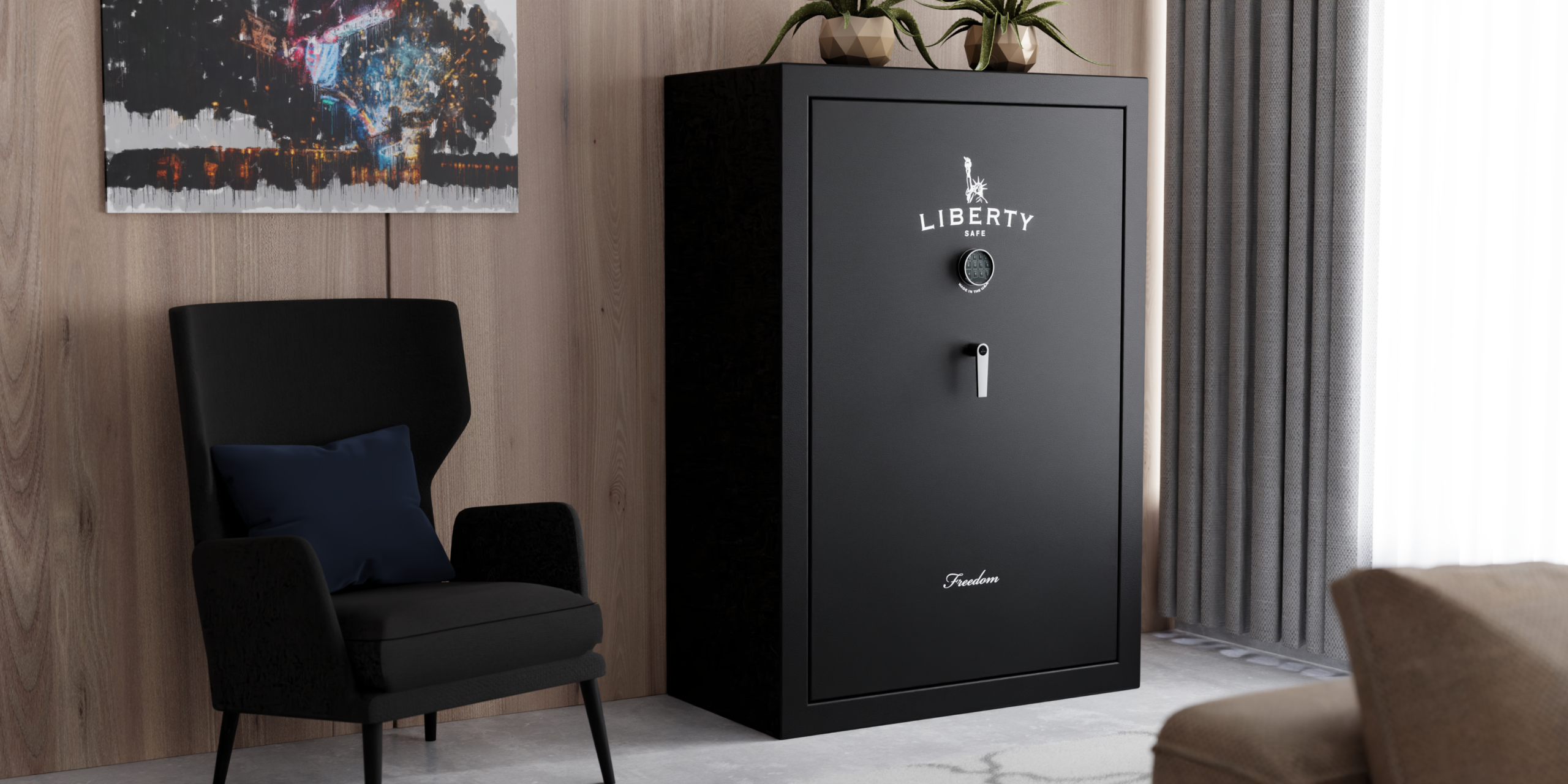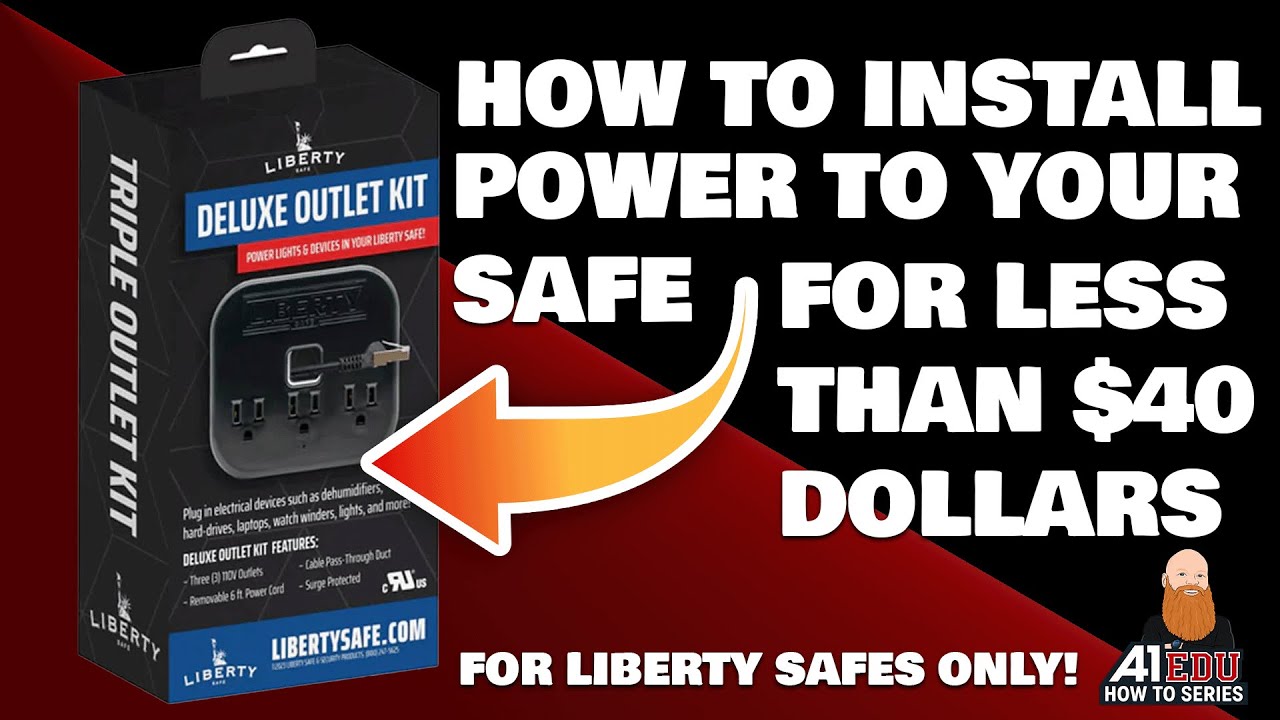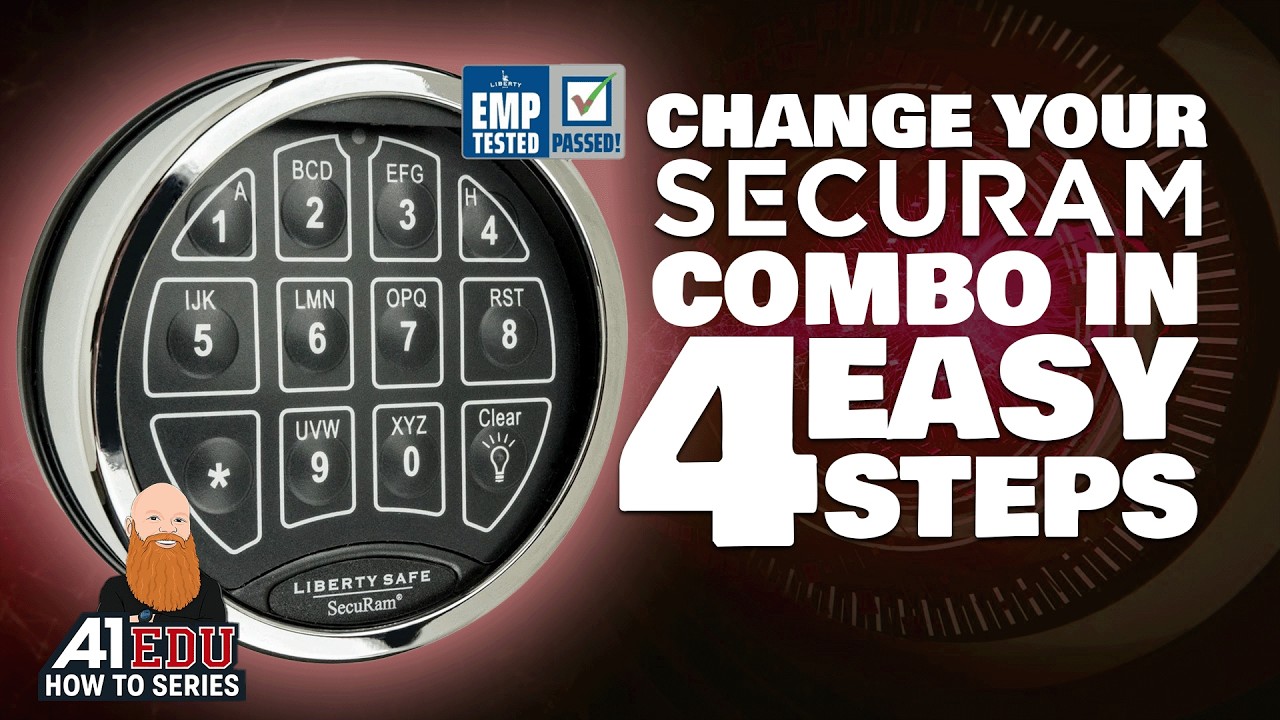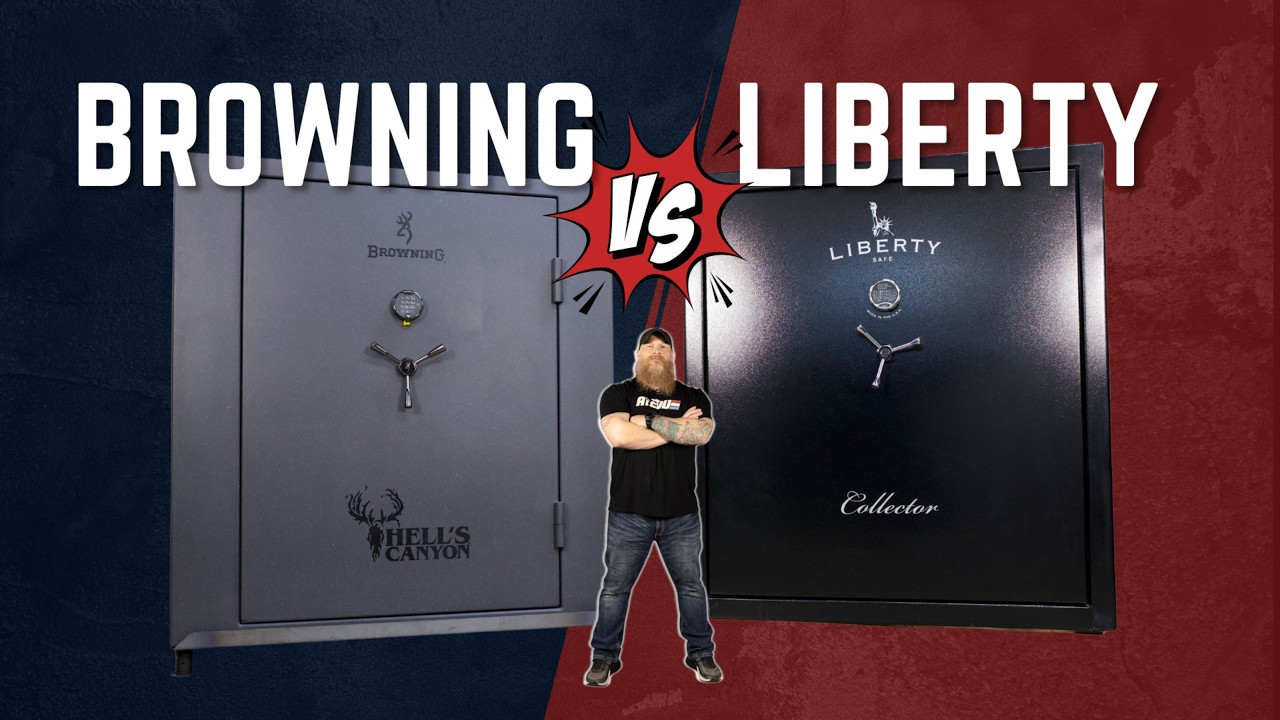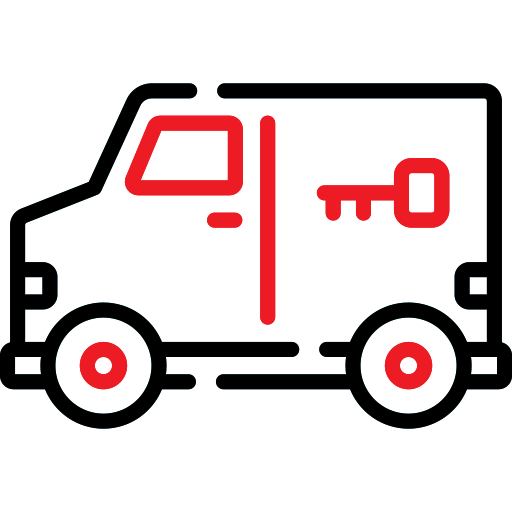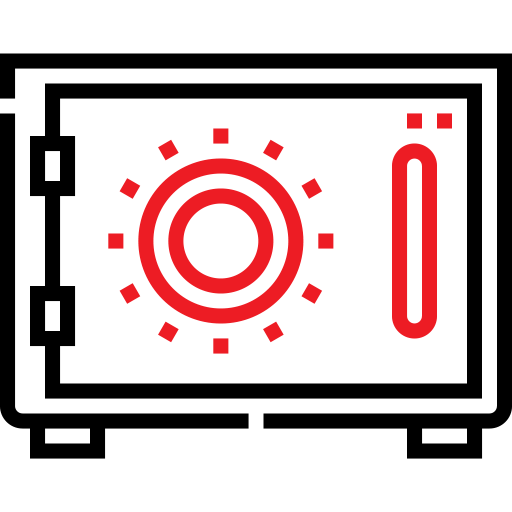It’s to be expected that modern product marketing leaves you a bit skeptical when it comes to product claims. With “five-dollar foot longs” measuring in at a measly 10 inches, and everlasting gobstoppers being far from everlasting, it’s easy to see why product claims are met with a healthy dose of “yeah right.” When it comes to your security, though, and that of your valuable possessions you deserve the ability to rest easy. If you have a safe at home that includes a fire protection or UL rating, you probably have eyeballed that number more than once wondering whether you can really count on it in the event of a catastrophe. So how do safe’s get their ratings, and just how accurate are they? Read on for, some safe-related peace of mind.
What’s in a Label
When reading up on safe’s in anticipation of your purchase you may find a host of classifications, ratings, and other seemingly official information that supposedly provides insight into a safe’s ability to take the heat and keep on ticking. While there are a variety of different certifications, and classifications on the market, the most trusted would be an UL rating. The UL rating, short for Underwriter’s Laboratory which is the organization that provides the analysis, comes in four, two and one hour varieties, plus two more for insulated records containers. These correspond to the length of time that the safe could be exposed to fire without putting the internal contents at risk.
Just how Does UL Come up with the Rating
It may be fine, and dandy that the UL rating claims to protect your treasures from damage, but transparency as to how that rating is determined is paramount to your faith in the product. For the UL rating, the independent lab conducts a thorough real-world analysis of the safe. The safe, along with paper document contents, and a digital thermometer designed to record temperature, are placed in a furnace. After everything is prepped, and ready, it’s time to turn up the heat.
The heat within the furnace is slowly increased with thermometer locked securely away on the inside with the sample documents. Once the specified time under fire is reached, the flame is turned off and the safe is allowed to cool. The lab retrieves all the data inside for analysis. Per UL, the safe is deemed to have passed the test if the records are still usable, and the interior shows no signs of undue heat transmission. Oh, yeah…the safe is also tested for ability to withstand explosions, and impact when heated.
So, yes, if you buy a safe with a UL rating then you can trust you’re getting what you’re paying for.
Other Independent Ratings
It’s important to note that UL ratings are the gold standard in the safe, and fire protection industry. Some manufacturers apply their own internal ratings or use lesser or unknown companies to perform analysis. This is problematic since it’s impossible to compare standards across companies, and little to no data exists to ensure you can rely on the claims.
At A-1 Locksmith we only sell safes that have been tested, and labelled with UL certifications. When it comes to protecting your valuable documents, and prized possessions we believe there should be no room for doubt as to whether your fire proof safe will perform under pressure. If you’re in the market for a safe call A-1 today for a free consultation where one of our security experts will walk you through the many available options in order to ensure you understand both the product and the process behind your new investment in a fireproof safe.

